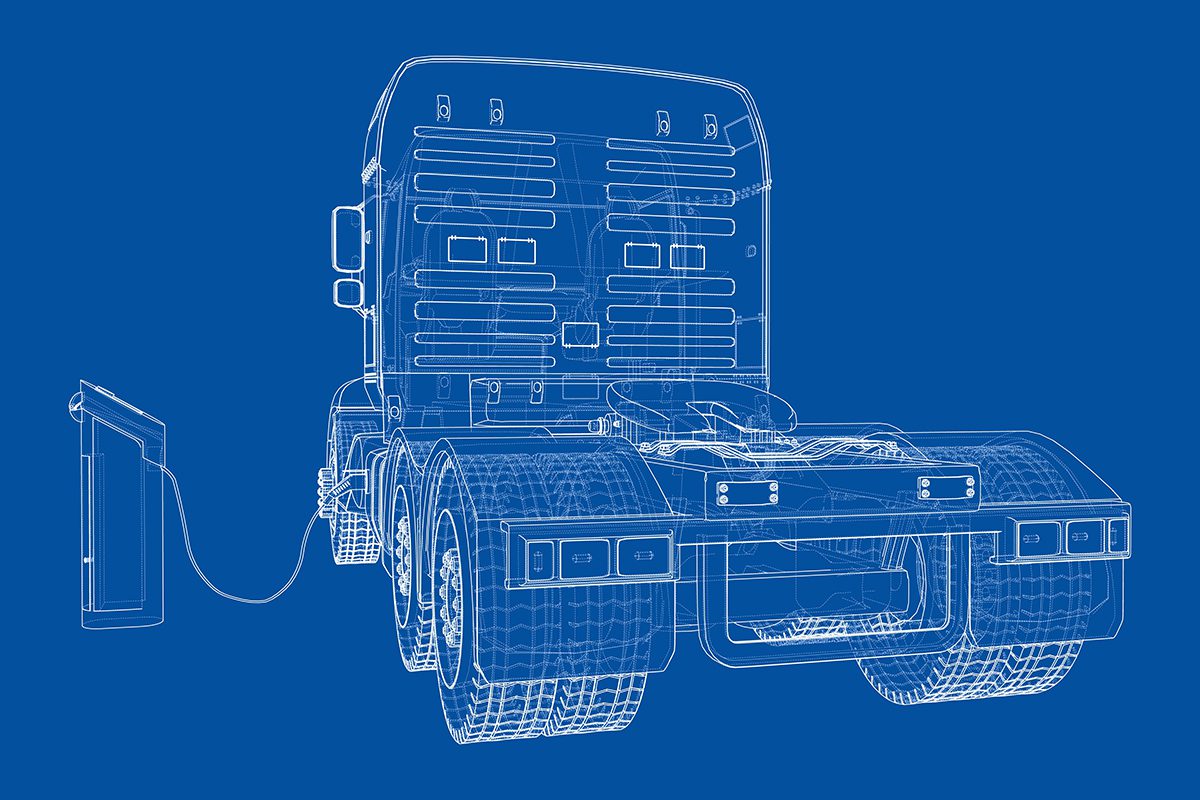There is a lot of buzz surrounding battery-electric trucks. We at the North American Council for Freight Efficiency helped generate some of that buzz with our Run on Less – Electric freight efficiency demonstration. If you are not familiar with the Run, it featured 13 fleet and OEM pairs driving real routes and carrying real freight. Loads included general freight, beer and seltzer, snack foods, full and empty trailers, small packages, auto parts, wine, parts for race cars, full and empty containers, and electrical supplies.
Basically, the trucks fell into four duty cycles: vans and step vans, medium-duty box trucks, terminal tractors, and regional haul heavy-duty tractors. Battery-electric trucks in these duty cycles make sense for a variety of reasons. The trucks have relatively low mileage per day and they return to base each day where they can recharge.
While there are many benefits to battery-electric trucks, there are also some challenges, including range, battery weight, and ability to charge. The duty cycles featured in the Run reduce the risk of range anxiety, keeping battery use above 50% state of charge during each shift. With these duty cycles, the trucks return to base where they can be charged on site, eliminating the concern about finding a place to charge on the road. In some case, especially with terminal tractors, there is also the ability to opportunity charge when drivers are on break or at lunch.
Sometimes in the excitement surrounding battery-electric trucks, the importance of duty cycle can get lost. Today, electric trucks do not make sense in every application, and fleets that deploy them in the wrong applications are going to be disappointed with the results they get.
Early adopters of electric trucks should choose the duty cycles most suited for the current capabilities of the technology. This is no different than spec’ing diesel-powered vehicles in a fleet differently depending on how they are being used. Fleets are not likely to spec a day cab on a truck being used in a long-haul application, for example.
When it comes to electric trucks, selecting the right duty cycle is even more important. This will allow the fleet to get comfortable with the new technology and have a positive experience behind the wheel. The good news is that improvements in battery-electric vehicle technology is happening at a relatively fast pace — this is typical of the development curve for any new technology. Long established truck makers and newcomer tech companies are hard at work trying to take weight out of batteries and improving range. There are also organized efforts underway to address the charging infrastructure issue which will help make electric trucks more suitable for longer haul use.
Now is the time for fleets to begin exploring how electric trucks can fit into their operation. If you run terminal tractors, that is a great first step in the electrification journey, or consider them for one of the duty cycles where they have already been proven to work.
As more fleets add electric trucks, fleet managers will gain confidence in the technology, drivers will have less range anxiety, and manufacturers will work on making the electric trucks suitable for more demanding duty cycles. None of this will happen overnight. Any new technology takes years to reach widespread adoption, but EV technology is far enough along that fleets should have confidence that in the right duty cycle, they will get the performance they need.



